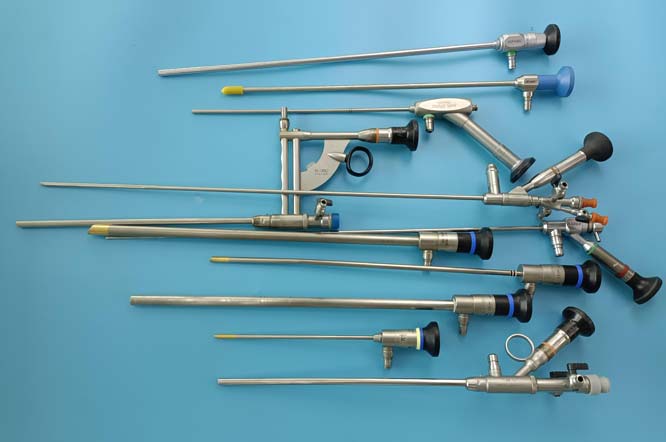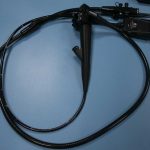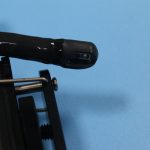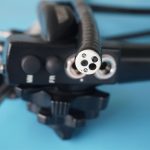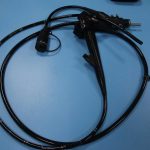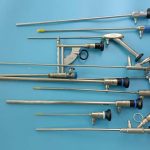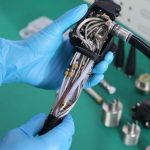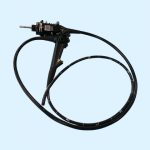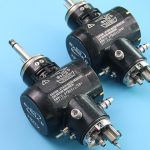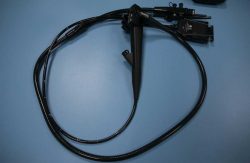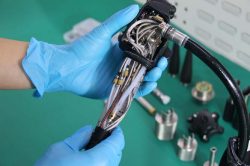FY MED Rigid Endoscopy Repair
We provide professional rigid endoscope repair services for our customers.
We have experienced engineers to provide you with professional rigid endoscope repair solutions. We can provide repairs related to intervertebral thoracoscopy, laparoscopy, cystoscopy, hysteroscopy, otoscopy, arthroscopy, sinusotomy, etc. We can also provide most endoscopy repair parts for rigid scopes.
Rigid Endoscopy Repair Solutions
Common problems Of Rigid Endoscope Repair
There are four sections of the rigid endoscope that are the most susceptible to damage:
Eye Cup and Ocular System
Light Post
Lens Train System
Objective
The most common problem seen in the ocular system of the medical endoscope for sale is a leak at the base, likely caused by rough handling or torqueing when applying or removing the light cord to the scope.
There are instances where separation can occur between the eyecup and the coverglass. This can also cause cloudiness and should be reported immediately before fluid penetrates into the scope.
The Objective System is the part of the scope that is inserted into the patient. It is made up of a number of pieces including field lenses, negative lenses, prisms and the window.
Tip damage is the most common repair we see in this area. Damage to the distal tip can occur when a scope is nicked by a shaver or hit with a laser during a procedure. Physical trauma to the tip can also occur when the scope incurs impact.
Rigid Endoscope Repair Storage
Storage containers for rigid endoscopes should be purpose-built and made of plastic or foam with indentations for the scopes to slot into. Metal boxes are unsuitable as they can cause scratches to the lenses and shaft.
As with any optical device, Endoscopes are fragile and should be handled with care.
Always hold the endoscope by its eyepiece or body, never the tube
Do not bend the tube or otherwise add mechanical stress.
Avoid contact between the objective and other instruments or surfaces.
If possible, store the endoscopes individually.
Do not drop the endoscope.
As a precaution, endoscopes that are not used during a particular surgery should be sterilized as well.
